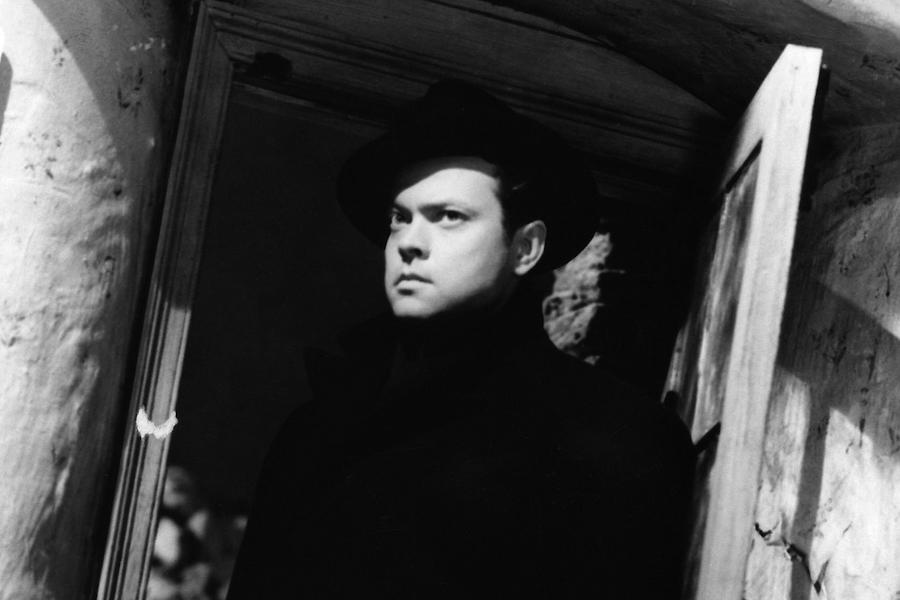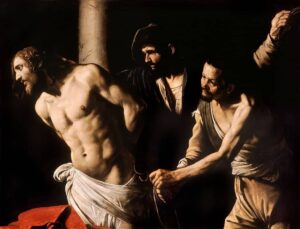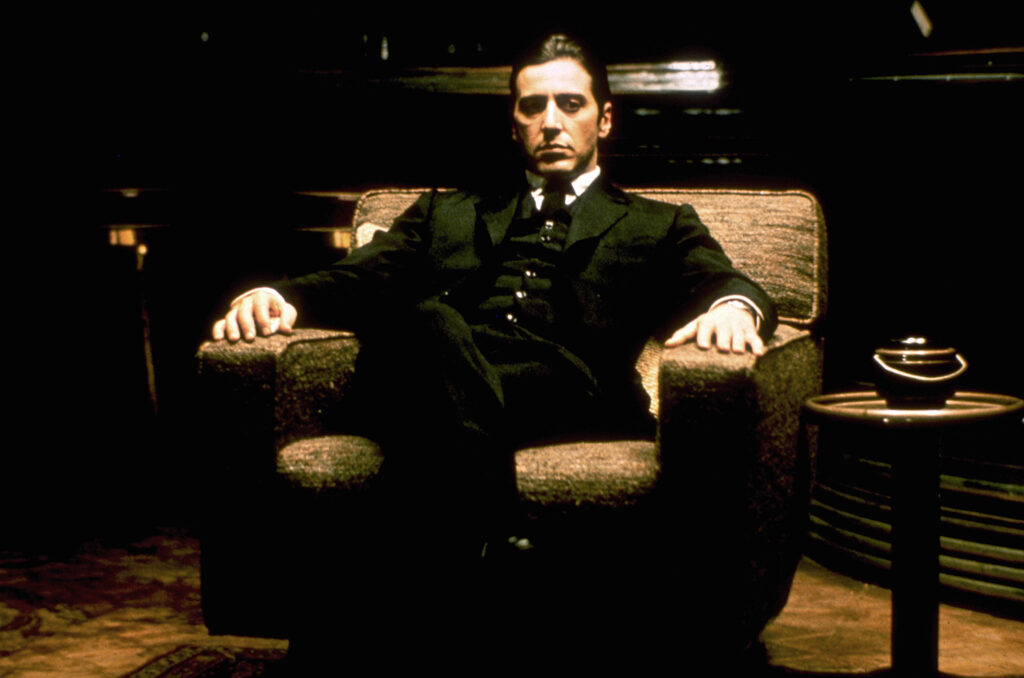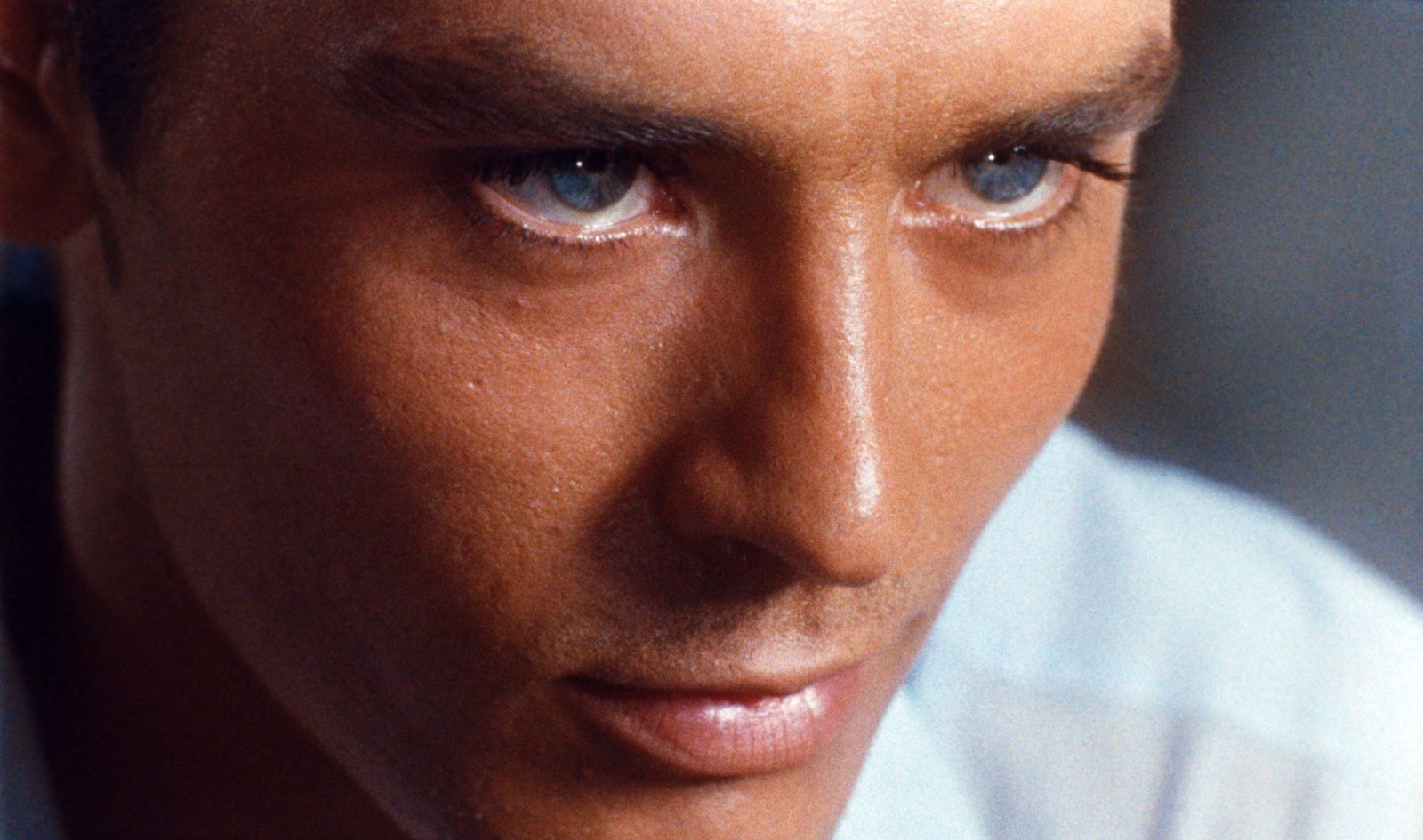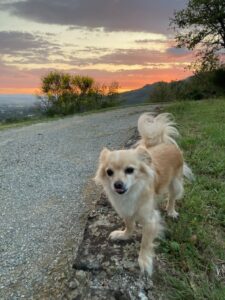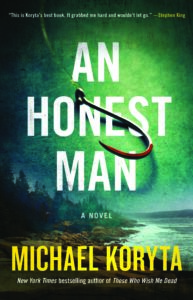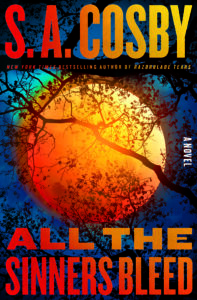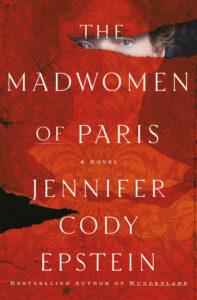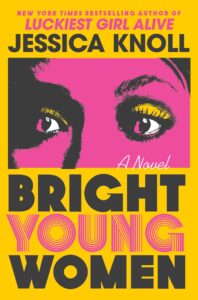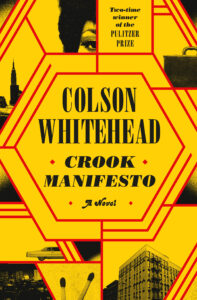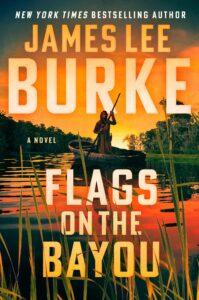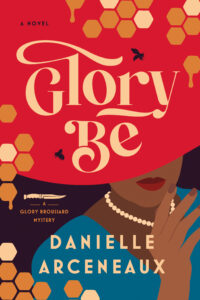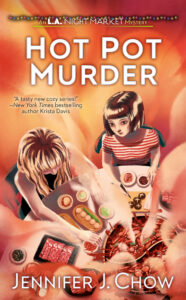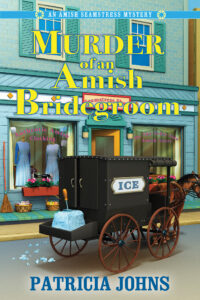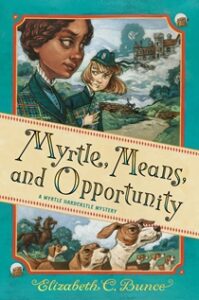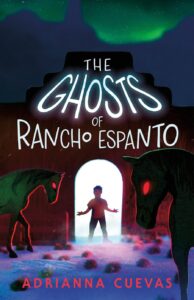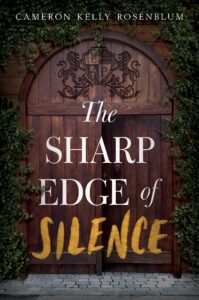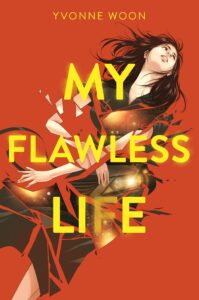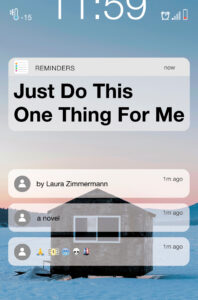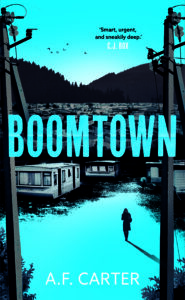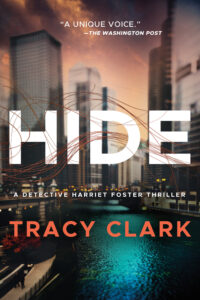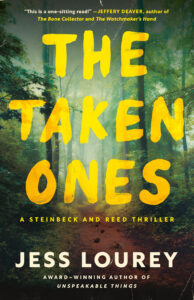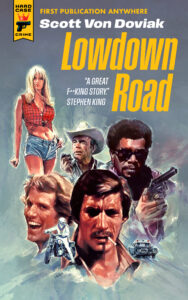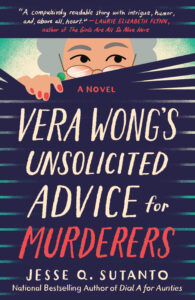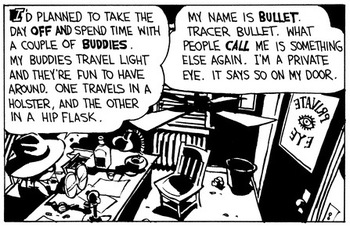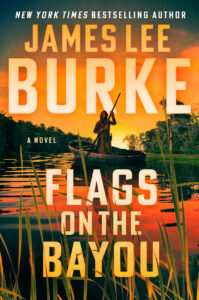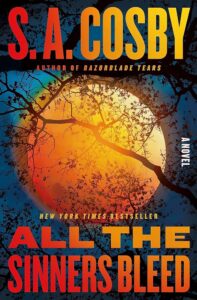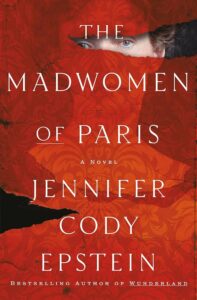By PJ Parrish
Morning, folks. I am a little under the weather today, recovering from Covid. No worries. Am old but healthy and Paxlovid is doing its thing. (Go you little functional virus particles! Inhibit that essential enzyme!)
But shoot, this brain-fog thing is real so forgive me if this post is typo-ridden, terse, or turgid. (I worked hard on that alliteration). Speaking of working hard, here’s a pretty darn good submission for our First Page Critiques. Well, I tipped my hand, didn’t I? So much for writing suspensefully.
There’s still stuff here we can talk about and help the writer improve on. The writer calls this “real-world fantasy.” Not sure what the heck that means. But like I said, I am old and maybe out of touch. See you in a sec.
JULY ASCENDANT
Amidst the roar of the crowd, Johnny Summer stepped into the ring, wondering who they would make him pummel this time.
He tugged off his shirt and threw it aside. The audience jumped to their feet, screaming his name — and a few were even rooting for him. The rest were cursing him out, holding up touching homemade signs that wished him a happy and painful demise. For spectators of an illegal fight, they sure could make a guy feel special. Just to get ‘em going, he turned in a circle, waving, flexing, and grinnin’ like a fiend.
The entire time, he swept his gaze over the floor, looking for his opponent. There was Beverly, flashing him a thumbs-up, there was Uncle Ambrose, of course, chewing on his cigar, but where was the competition?
“Come on!” Johnny roared. “Bring him out!” And let everyone get home before midnight, hopefully.
“Ain’t he amazing?” the announcer said. “Seventeen years old, and ready for blood! Ambrose Girard’s undefeated champion! But will he fail tonight? Will Johnny Summer finally meet his demise? I think so, folks. Coming all the way from Alaska, let’s give it up for Kodiak!”
The crowd went wild as a man came from the back, his tight shirt practically plastered on his muscles. Huge was an understatement — if they had been on the same side, Johnny could’ve just hid behind him the whole fight. When he climbed in, the ring shook, and even the ref took a step back.
“A kid?” Kodiak scoffed. “That’s who I’m fighting? Really?” Kodiak cracked his neck. “This is gonna be easy.”
Johnny swallowed, rubbing his thumbs over his hand wraps. It just had to be bare-knuckle night, didn’t it? That meant he’d get the full force of every blow, and anything went, too, so he had a variety of ways to get pummeled. Fists, feet, death by biceps… the possibilities were endless.
He glanced to the side. Ambrose was glaring as usual, but Beverly, sitting in the front row, didn’t have a hint of doubt on her “Come on, you can do this, get ‘im, Johnny!”
He turned back at Kodiak. Right. He could do this.
Right?
The bell rang.
_______________________
Like I already said, I like this submission. It has much going for it. More on that in a moment. But as I re-read this for the post, I realized I might have made a dumb assumption. I read this as being set in present time or maybe even future-ish, set in a dystopian Escape From New York cage-match setting. Maybe it was because the writer tagged it “real-world fantasy.” But the more I read this, I realized this might be in the past — say, the 1800s. Bare-fisted illegal fights were big biz back then.
So…which is it? Does it matter? Does the writer have an obligation, in the first 500 words or so, to let us know where and when the story takes place? I think they do, but given that this sample is tense and compactly written, I am willing to wait a little longer to establish time/place. What do you think?
Let’s talk about specifics. I sense a confidence in this writer, a good grasp of craft basics. So I’m not going to nit-pick there. I love the fact the writer chose a good moment to enter the story — just as the main character (I assume Johnny is such) enters the ring. We are literally entering the story with him. The writer could have entered too early — say with Johnny sweating it out in the locker room, thinking, musing, dreading, and his manager coming in to tell him it was time. The writer could have entered too late — say with Johnny supine on the canvas, spitting up blood.
Always keep in mind that one of the most important choices you make is WHEN to parachute your reader into the story.
I like the sense of suspense created here. Notice how the writer gracefully slips in the characters name and age. We know Johnny has been here before. He knows he feels scared and out-matched. We already want to root for him.
But…
Yeah, the more I like a submission, the more I but it.
What a great PLACE to open a story — a bare-knuckle fight arena. But except for crowd noise, what aren’t we getting? A sensory feel for what this place is like. I really think this writer has it in them to deliver better description, to make us experience this place better. Using all five senses does more than just establish place — it creates suspense!
What does this arena look like? Not enough details for me, and it might go far to telling us where we are in time and place. What does it smell like? Body ordor? Beer? The pungent eucalyptus/menthol of boxers’s liniment? My dad smoked cigars and I will never get that stink out of my memories.
And dear writer, don’t miss any chance to SHOW instead of TELL. Don’t tell me people are holding “touching” signs or ones that wish Johnny death. What exactly do they say. Details, details, details — they add life to your setting.
You also missed another description chance — Kodiak. All we get is that he’s big. Get in Johnny’s head and senses here — what does he look like? I like that you said he’s so big Johnny could hide behind him. (but might “disappear” be a more telling word?) But you’re good enough to make this important minor character come alive. Maybe you can even make Kodiak represent something deeper to Johnny — not just an opponent, but a personification of something deep in Johnny’s psyche. Apollo Creed wasn’t just Rocky Balboa’s opponent — he was the personification of corporate boxing, a slick publicity-hound, the man that Rocky could never be. Remember that Creed had a bunch of nicknames? “The King of Sting,” “The Dancing Destroyer,” “The Master of Disaster.”
You’re up for this, writer. When it comes to description, don’t pull your punches. Land em hard and make descrption work hard.
Let me do a quick line edit to point out some other things I think you can improve on. My comments in blue
Amidst the roar of the crowd, Johnny Summer stepped into the ring, wondering who they would make him pummel this time. Not a bad opening but those first six words don’t work for me. First, “amidst” is a clunky and archaic word. It immediately slows down your pace. It belongs in a period romance, not a visceral fight scene. “Amidst the roar of the sea, Cathy could hear Heathcliff calling her name.” If you just delete that, you opening line is better.
Johnny Summer stepped into the ring, wondering who they would make him kill this time. I know literally “kill” is not right but it’s stronger. And you can quickly turn it on its head:
Johnny Summer stepped into the ring, wondering who they would make him kill this time. The roar of the crowd swept over him, and for a second, he had to steady himself against the ropes. He hadn’t killed anyone with his fists, not yet at least. But that didn’t stop the crowd from screaming for it.
He tugged off his shirt and threw it aside. The audience jumped to their feet, screaming his name — and a few were even rooting for him. The rest were cursing him out, What specifically are they yelling? Details add suspense. holding up touching homemade signs that wished him a happy and painful demise. Same thing here. Details! For spectators of an illegal fight, they sure could make a guy feel special.
New graph here, I think. Just to get ‘em going, he turned in a circle, waving, flexing, and grinnin’ like a fiend. Cliche. This phrase is not yours. You can do better. Grinning but what is he really feeling at this moment?
The entire time, he swept his gaze over the floor, looking for his opponent. There was Beverly in the front row, flashing him a thumbs-up. There was Uncle Ambrose, of course, chewing on his cigar, but where was the competition?
“Come on!” Johnny roared. “Bring him out!” And let everyone get home before midnight, I like that you’re giving him a thought here, but it’s kinda meh. Is this man confident going into this? Is he tired of fighting? He’s only 17, but does he feel suddenly old and worn? Missed opportunity to begin layering in, via a few emotions and thoughts, some backstory hopefully.
“Ain’t he amazing?” the announcer said. “Seventeen years old, and ready for blood! Ambrose Girard’s undefeated champion! But will he fail tonight? Will Johnny Summer finally meet his demise? I think so, folks. Coming all the way from Alaska, let’s give it up for Kodiak!”
The crowd went wild Cliche! You can do better. And filter it through Johnny’s senses, not your own. The ring began to shake and it took Johnny a second to realize it was the stomping of feet. The noise didn’t even sound human anymore, and Johnny could hear the scream of pigs back on the farm as they were hit with electric prods. (Have it relate to something in his world!)
Johnny turned. There he was, a massive thing, rolling slowly through the crowd. Or something better, more specific to JOHNNY’S experience and background. How does this huge man APPEAR to Johnny from the FRAMEWORK of his senses and background (not yours).
A man came from the back, his tight shirt practically plastered on his muscles. Huge was an understatement So it this. SHOW US don’t tell us. — if they had been on the same side, Johnny could’ve just hid behind him the whole fight. When he climbed in, the ring shook, and even the ref took a step back.
“A kid?” Kodiak scoffed. “That’s who I’m fighting? Really?” Kodiak cracked his neck. “This is gonna be easy.”
Johnny swallowed, rubbing his thumbs over his hand wraps. It just had to be bare-knuckle night, didn’t it? That meant he’d get the full force of every blow, and anything went, too, so he had a variety of ways to get pummeled. Fists, feet, death by biceps… the possibilities were endless.
He glanced to the side. Ambrose was glaring as usua. But Beverly, sitting in the front row, didn’t have a hint of doubt on her face? Is she is girlfriend? You could drop a hint of description here. He’s just a kid, after all, but here he is, in the man’s ultimate arena. You must have had a reason for putting Beverly in here. Make it mean something.
Need new graph whenever you have new dialogue. Come on, you can do this,” she yelled., get ‘im, Johnny!” Because you dropped the H, I am now assuming she’s cockney? Are we in London?
He turned back to at Kodiak. What does he see on the man’s face? What is he thinking, feeling? Right. He could do this.
Right?
The bell rang. I like this part. Like how you set each into it’s own graph.
Okay, as I said, I really like this submission. I think it’s a really strong start. But this writer is capable of much more. Work harder on your description and don’t stint. Get in Johnny’s head a little more and drops some hints about his background. HINTS! Just a few well chosen words or thoughts will create more even sympathy for him.
I would definitely read on, and I don’t even like fight stories. But I like Johnny. Don’t be afraid to inject a little more emotion into him, even in this opening round. You need to spill a little blood onto your pages. Good luck, keep working, and let us know how it’s going.







